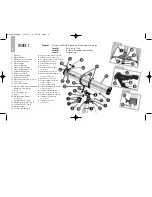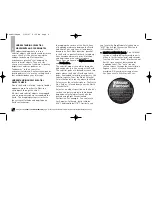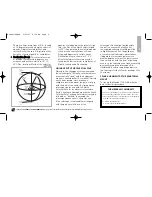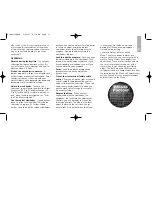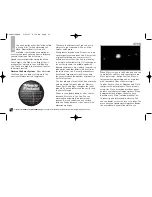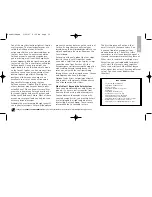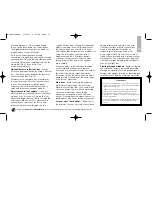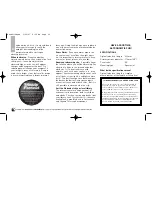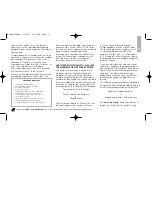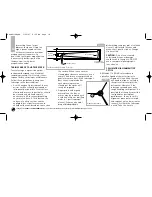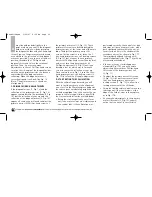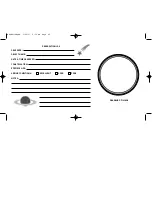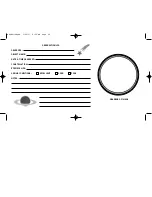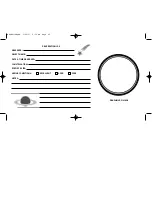
1. Release the Azimuth lock (30)of the
Azimuth base, so that the entire
telescope-with-mounting may be
rotated in a horizontal direction. Rotate
the telescope until it points due North.
Use a compass or locate Polaris, the
North Star, as an accurate reference to
North (See Fig. 7).
2. Level the mount with the horizon, if
necessary, by adjusting the heights of the
three tripod legs.
3. Determine the latitude of your observing
location by checking a road map or
atlas. Release the latitude lock (9) and
tilt the telescope mount so that the star
"Polaris" is centered in the telescope's
viewfinder eyepiece, then re-tighten the
latitude lock.
4. If the above steps (1-3) were
performed with reasonable accuracy,
your tele-scope is now sufficiently well-
aligned to the North Celestial Pole for
visual observations.
Once the mount has been polar-aligned as
described above, the latitude angle need
not be adjusted again, unless you move to
a different geographical location (i.e. a
different latitude). The only polar
alignment procedure that you need to
perform each time you use the telescope is
to point the polar axis due North, as
described in step 1 above.
THE MOST IMPORTANT RULE
We have one very important rule that
you should always follow when using
your telescope:
Have Fun!
8
TOO MUCH POWER?
Can you ever have too much power? If the type of
power you’re referring to is eyepiece magnification,
yes you can! The most common mistake of the
beginning observer is to “overpower” a telescope by
using high magnifications which the telescope’s
aperture and atmospheric conditions cannot
reasonably support. Keep in mind that a smaller,
but bright and well-resolved image is far superior
to one that is larger, but dim and poorly resolved.
Powers above 400x should be employed only under
the steadiest atmospheric conditions.
Have a good time when you’re observing. You
may not know everything that there is to
know about a telescope or what all the
sights in the universe are, but that’s OK. Just
point and observe at first.
You will enjoy your telescope even more as
you learn more about it. But don’t be scared
off by difficult terms or complicated
procedures. Don’t panic! Just relax and enjoy
your scope.
You will begin to grow and learn more about
astronomy the more you observe. Go to the
library and read some books about the stars
and planets. Read about astronomers of old.
Many of them had telescope no bigger than
the one you are using right now. Galileo,
Fig. 8
Polaris
Little Dipper
Big Dipper
Cassiopeia
Looking at or near the
Sun
will cause
irreversable
damage to your eye. Do not point this telescope at or near the Sun. Do not look through the telescope as it is moving.
Meade114EQAR 3/28/07 9:52 AM Page 10
Содержание 114EQ-AR
Страница 27: ...Meade114EQAR 3 28 07 9 52 AM Page 27 ...




